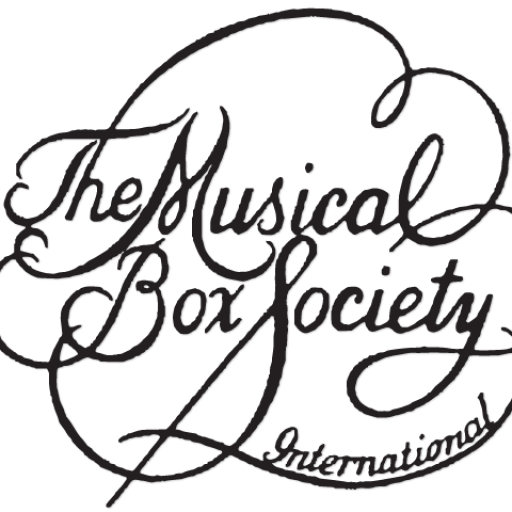It shows a collection of mechanical musical instruments and key instruments, such as barrel organs , music boxes , pianolas , harmoniums and harmonica’s . Also all sorts of related pieces are shown, including gramophone players , old television sets, radios and a merry-go-round from a fairground . The name Museum Musica refers to the connection that almost all pieces have with music.
Museum Speelklock
The self-playing musical instruments come in all shapes and sizes; from very small music boxes, automata and musical clocks to huge carillons, orchestrions, dance and street organs. All these instruments can be seen and heard in this world class collection.
Pianola Museum
The museum has a collection of automatic pianos and related objects. There are over 25.000 music rolls in the museum archive. Nearly all of them can be played on the different instruments in the museum.
Haarlem Draaiorgel Museum
Museum features the Gavioli 89-III Lion organ. Also the Kunkels organ that has 112 keys, 14 registers and more than 800 pipes, making it the largest concert organ in Europe. A 70 key Marenghi, serial number 2457. The Black Madonna, an 84-key Mortier Orchestrion. The De Pod, a 90 key Carl FreiThe organs play each Sunday from noon – 5pm. Alternate phone +31 23 5385049
Palace of Culture
The Museum of Science and Technology – Stefan Procopiu contains a wide range of musical automata (musical boxes and clocks, symphonies and polyphons, mechanical pianos, pantographs and gramophones). The museum houses more than 11,000 objects, particularly important for the history of science and technology, among which are sound recording and reproduction, the history of photographic and cinematographic techniques, the evolution of communications, and the development of computers.
